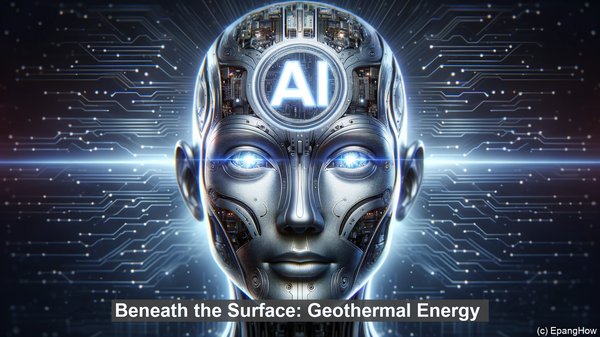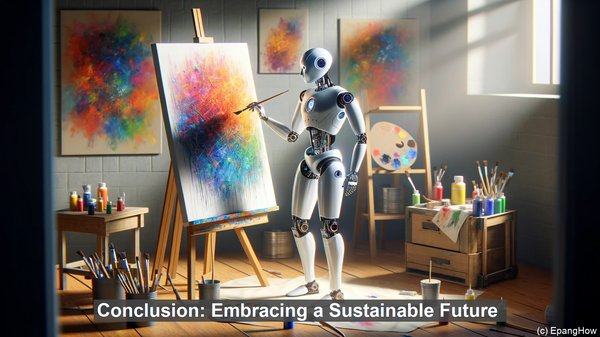Introduction: The Need for Renewable Energy
Hello, everyone! In today’s world, the demand for energy is ever-increasing. However, traditional fossil fuel-based sources are finite and contribute to environmental degradation. This is where renewable energy sources come into play, offering a sustainable and eco-friendly alternative. Let’s explore further!
The Role of Renewable Energy Sources
Renewable energy sources, unlike their non-renewable counterparts, are naturally replenished. They have a significantly lower carbon footprint, reducing greenhouse gas emissions and mitigating climate change. Additionally, they offer energy independence, as they can be harnessed locally, reducing dependence on imports.
Solar Energy: Power from the Sun
Solar energy, derived from the sun, is one of the most abundant renewable resources. Photovoltaic cells convert sunlight directly into electricity, while solar thermal systems utilize its heat. With advancements in technology, solar power is becoming increasingly efficient and cost-effective.
Harnessing the Wind: Wind Energy
Wind energy, harnessed using wind turbines, is another valuable renewable source. Wind farms, both onshore and offshore, can generate substantial amounts of electricity. Moreover, wind power has a relatively small environmental footprint and can be integrated into existing landscapes.
The Power of Water: Hydropower
Hydropower, generated from flowing or falling water, has been used for centuries. Dams and turbines convert the energy of moving water into electricity. Apart from being a renewable source, hydropower also offers benefits like flood control and water storage.
Beneath the Surface: Geothermal Energy
Geothermal energy taps into the heat stored beneath the Earth’s surface. It can be harnessed through geothermal power plants or geothermal heat pumps for heating and cooling purposes. Geothermal energy is available round the clock and emits minimal greenhouse gases.
From Biomass to Energy
Biomass, derived from organic matter like plants and agricultural waste, can be converted into energy. This can be in the form of biofuels, biogas, or even used directly for heating. Biomass is a versatile renewable resource, offering a sustainable solution for both energy and waste management.

ChatGPT: An AI Guide for Renewable Energy
With its vast knowledge base, ChatGPT can serve as an invaluable guide for exploring renewable energy. From answering basic questions to providing in-depth analysis, it can assist both individuals and organizations in their quest for sustainable energy solutions.

